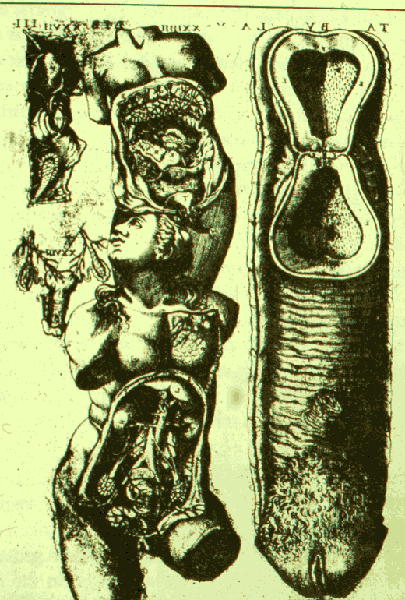Judith Butler totally saw me coming. In her preface to this week’s essay, Butler addresses my critique from two weeks ago that theory and reality are fundamentally disconnected. To explain to the reader that “there is someone here,” behind the fancy words and the brilliant theories, she briefly documents her own activism within the LGBTQ movement and her struggle with gender identity. I wish she had written entire books about this (perhaps she has?), critiquing that movement, and, by extension, all social justice movements, from the perspective of someone steeped in thinking about sex, power, and performativity. I wanted to hear more about her diagnosis of the LGBTQ movement as full of “hopefulness and internal dissension.”
Instead of digressing into movement politics, Butler tackles my critique of her theory being too difficult to digest, too far from reality, by posing the following questions (all on p.97):
- “Are those who are offended making a legitimate request for ‘plain speaking’ or does their complaint emerge from a consumer expectation of intellectual life?”
- “Is there, perhaps, a value to be derived from such experiences of linguistic difficulty?”
- “Who devises the protocols of ‘clarity’ and whose interests do they serve?”
These are not easy questions, so instead of trying to answer them, I’ll pose a few questions of my own: Who is Butler’s audience? Does she want her theory to stay inside the academy, or does she want it to cross the radar of a layperson? In her preface, she says, “it has been one of the most gratifying experiences for me that the text continues to move outside the academy to this day” (page 96). Where is this text being used outside the academy? Is it being used by gender deviant/gender non-conforming individuals to help their advocacy efforts?
Let’s step back for a moment. According to a study released in February of 2011 by the National Center for Transgender Equality, transgender and gender non-conforming Americans were:
- Nearly four times more likely to live in extreme poverty, with household income of less than $10,000
- Twice as likely to be unemployed compared to the population as a whole.
- More likely to face a disproportionate amount of discrimination, especially if the trans individual is a person of color, in regards to housing, health care access, employment, and harassment by law enforcement.
The list goes on and on (here’s the full report). Should we expect communities who are fighting for their very survival to get down in the weeds with Butler’s philosophical jargon? Do Butler’s theories matter to these communities? Or, thinking about it another way, is she bringing the concerns of the trans and gender non-conforming communities to light in academia, where they are seldom heard?

